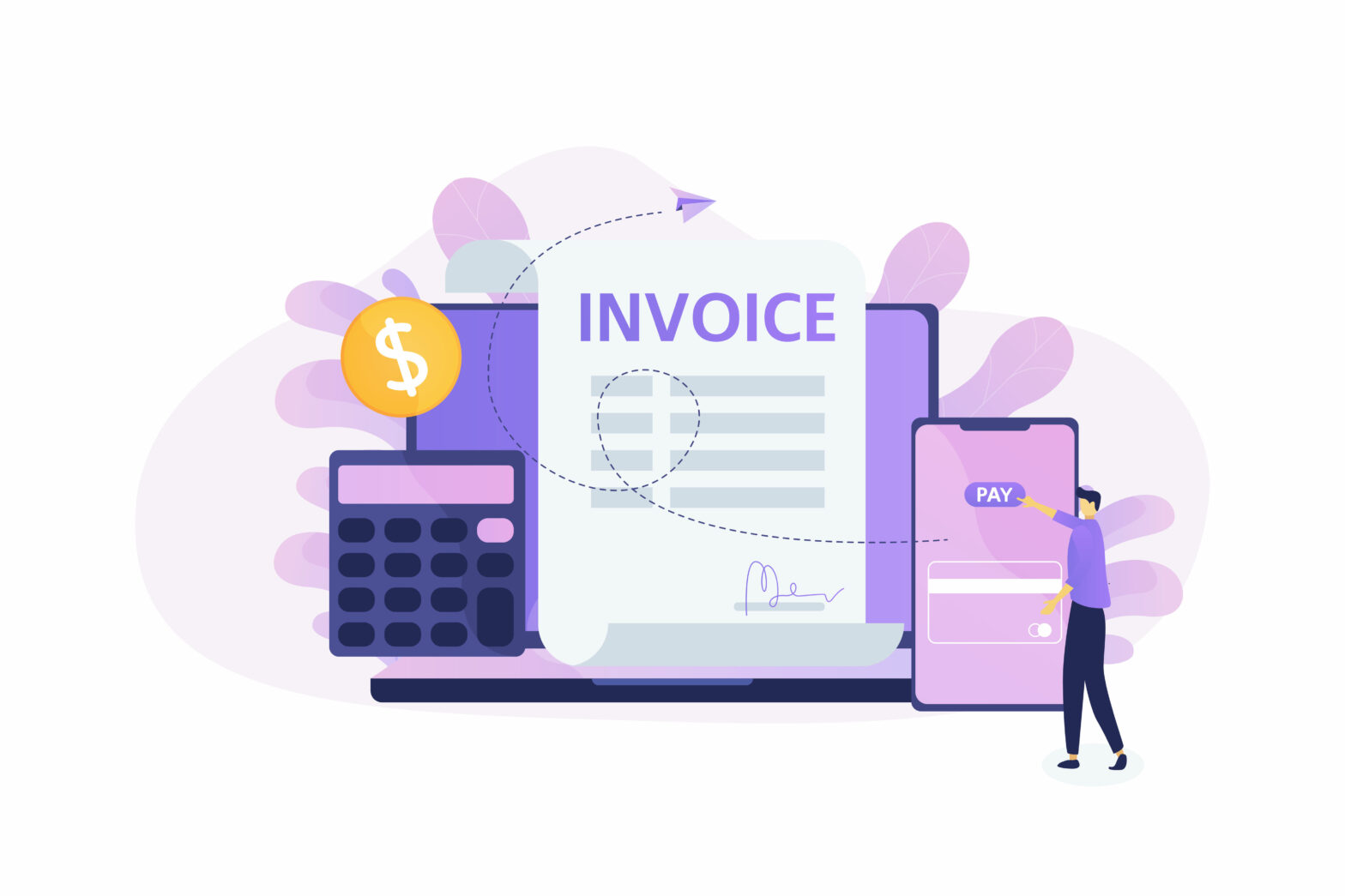Cashflow. You can’t have a conversation about financial constraints in any small business without mentioning it. In fact, you can’t have a conversation about business without mentioning cashflow.
The latest research indicates that 93 per cent of businesses say cashflow is one of their top three priorities and the issues surrounding it don’t start and end with simply not having money available. There are several knock-on effects that stunt small business growth.
The large majority of entrepreneurs are scared of big contracts for fear of them causing major cashflow issues, and more than two thirds say managing day-to-day business finances completely distracts them from growing their business.
‘93% of businesses say cashflow is one of their top three priorities’
These would have been worrying statements a few years ago, but as the world tries to avoid a financial crisis and the cost of living crisis continues to put a major strain on people’s pockets, they’re a major concern.
>See also: SMEs urged to apply for finance before it’s too late
Small business owners can and need to address the issue surrounding cashflow. Fortunately, there are three simple steps businesses can implement that will have an immediate effect.
#1 – Understand cashflow
You can’t go into this blind. The first step you must take is to have full oversight of your cashflow. You need to understand when money is coming in and when you’re expecting money to go out. There are so many tools available now to provide that oversight, using the powers of open banking to get immediate clarity on cashflow.
Cashflow visibility isn’t just about the need to understand your immediate issues. Use cashflow forecasting to see where you’ll have gaps in cashflow in three, six, 12 months from now. It may be difficult to focus on the fires you’re going to have to put out in six months’ time, but pre-planning is crucial if you’re to ever escape the constant cycle of keeping up with cashflow.
But, of course, there’s no point in having full oversight of if there is no solution. This can be addressed through the next two steps.
#2 – Shrink the gaps
Once you understand where your cashflow issues are, you can then prepare for the gaps. There are some initial ways of doing so. Address the following questions:
- Are you able to delay payments?
- Can you bring some of your clients’ invoices forward?
- Have you invoiced all of your clients promptly?
- Are you able upsell, cross-sell or raise prices anywhere?
- Can you accept credit cards?
Go through every element of your business and spot where you can apply these questions. They seem simple and you’re probably focused on most of them on a weekly – if not daily – basis, but they are essential if you’re to strategically overcome cashflow problems.
The next weapon in your arsenal is a very simple way to plug cashflow gaps.
#3 – Plug the gaps
Where there are sizeable gaps between payments to suppliers due and invoices being paid, step two won’t cut it. You need the money you’re expecting in a couple of months (and that’s if the client pays on time) to land in your account now.
The way to flatten out the bumps in the road at this stage in your journey is invoice financing. It’s been around since cashflow problems began but it’s been somewhat underused (or overused, which has caused some fairly negative opinions to develop at the mention of it).
>See also: Small businesses using loans to manage cashflow, instead of investing
Despite people’s hesitations, it is the answer to the cashflow problem. It allows business owners to have a stable bridge in place over a big dip in cashflow and, in many cases, helps businesses to survive their early days.
Going back to some of the statistics mentioned earlier, it doesn’t just solve cashflow issues, but it empowers business owners to grow with confidence, accept big contracts and stop worrying about something as simple as when money is coming in.
It also enables business owners to pay their suppliers on time, which could create an environment that better lends itself to support innovation and sustainable business growth.
The drive and determination of founders and entrepreneurs to solve problems is something to be admired. But they also need a simple solution to this ever-present issue. Through this three-step process, founders can build the business they need and want without getting stuck in the weeds.
Simon Draper is co-founder of SME cashflow analytics platform Monspire








